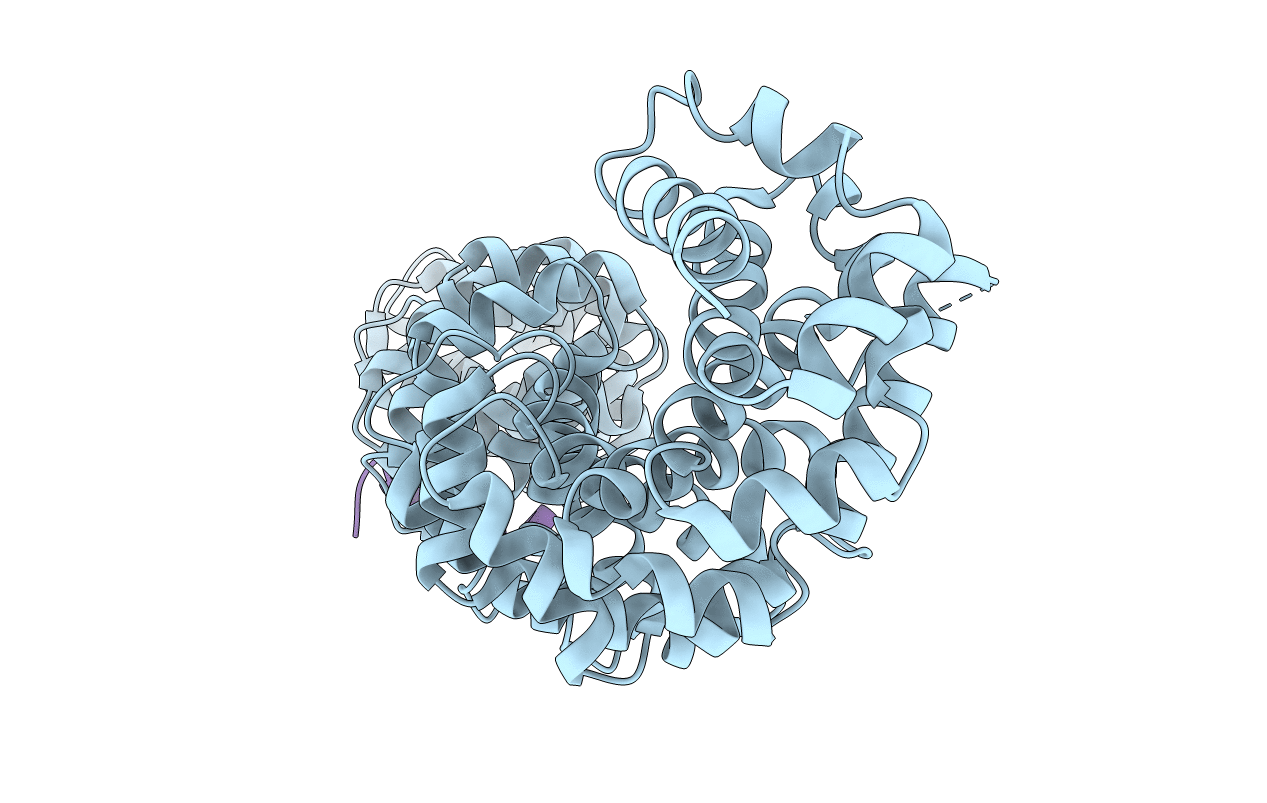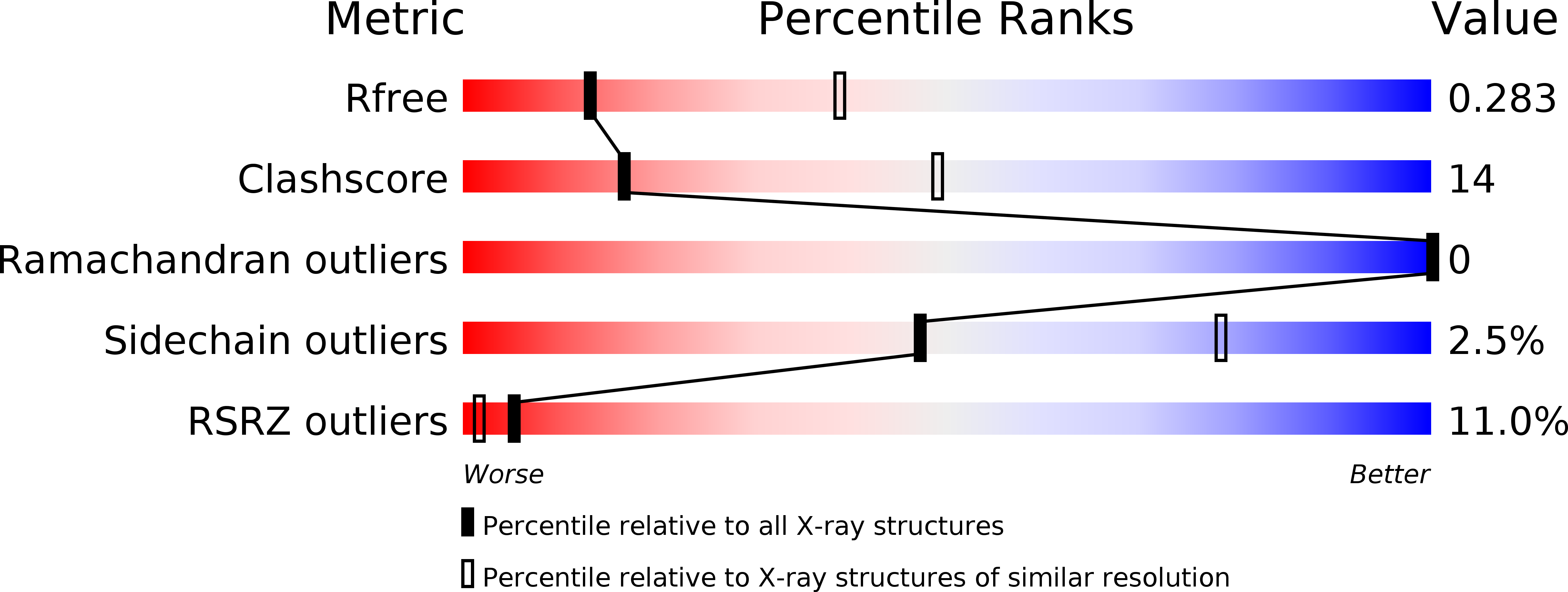
Deposition Date
2012-02-02
Release Date
2012-10-17
Last Version Date
2024-11-06
Entry Detail
PDB ID:
4DJS
Keywords:
Title:
Structure of beta-catenin in complex with a stapled peptide inhibitor
Biological Source:
Source Organism:
Homo sapiens (Taxon ID: 9606)
Host Organism:
Method Details:
Experimental Method:
Resolution:
3.03 Å
R-Value Free:
0.29
R-Value Work:
0.26
R-Value Observed:
0.26
Space Group:
P 21 21 21


